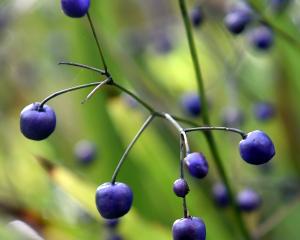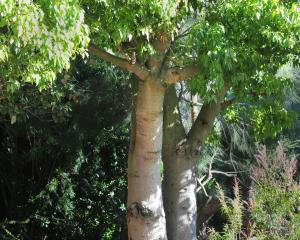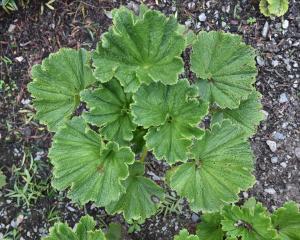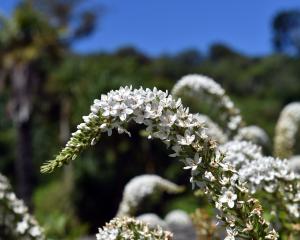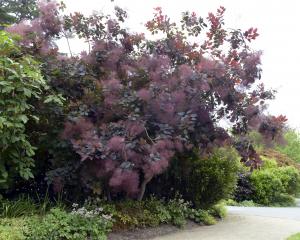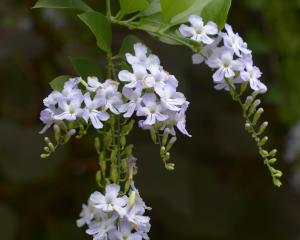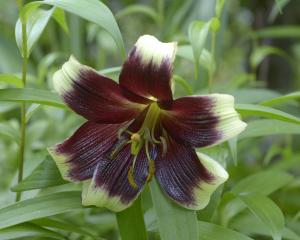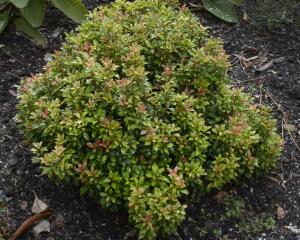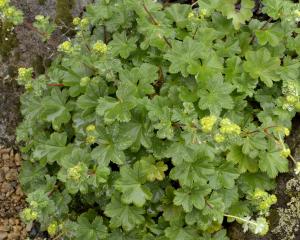Most consume small crawling or flying insects, such as slaters, flies or wasps. Larger species have been known to consume frogs, mice, rats and even small monkeys.
One of the smallest and cutest pitchers we grow here at Dunedin Botanic Garden is Cephalotus follicularis. There is only one species of Cephalotus and it is found in a small part of southwestern Australia below Perth in the Albany area, hence its common name: the Albany pitcher.
Cephalotus is a small-growing species with green leaves that rise from underground rhizomes and lie close to the ground. The insectivorous leaves are also small and develop the pitcher on the end of the leaf.
The pitchers will turn deep red in high light levels or remain green in shaded conditions.
Naturally growing in moist, peaty sands in coastal swamps or along creek beds, Cephalotus will also tolerate drier conditions.
The populations in the wild have been reduced by habitat destruction and over-collecting, and it is classified now as a vulnerable species.
Cephalotus follicularis can be viewed in the display cabinet in the west wing of the Winter Garden glasshouse in the lower botanic garden.
• Stephen Bishop is curator of the Winter Garden glasshouse at Dunedin Botanic Garden.

